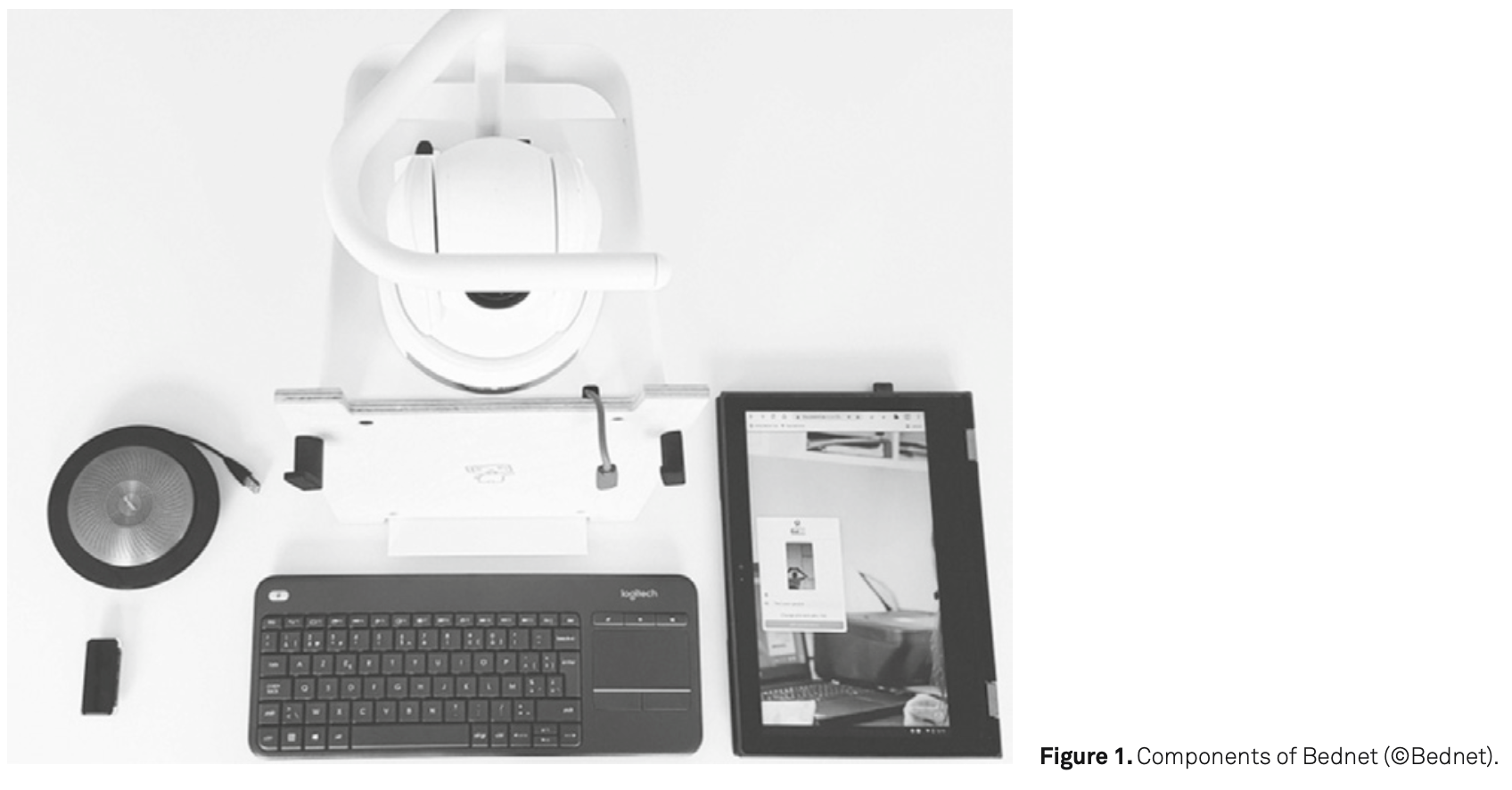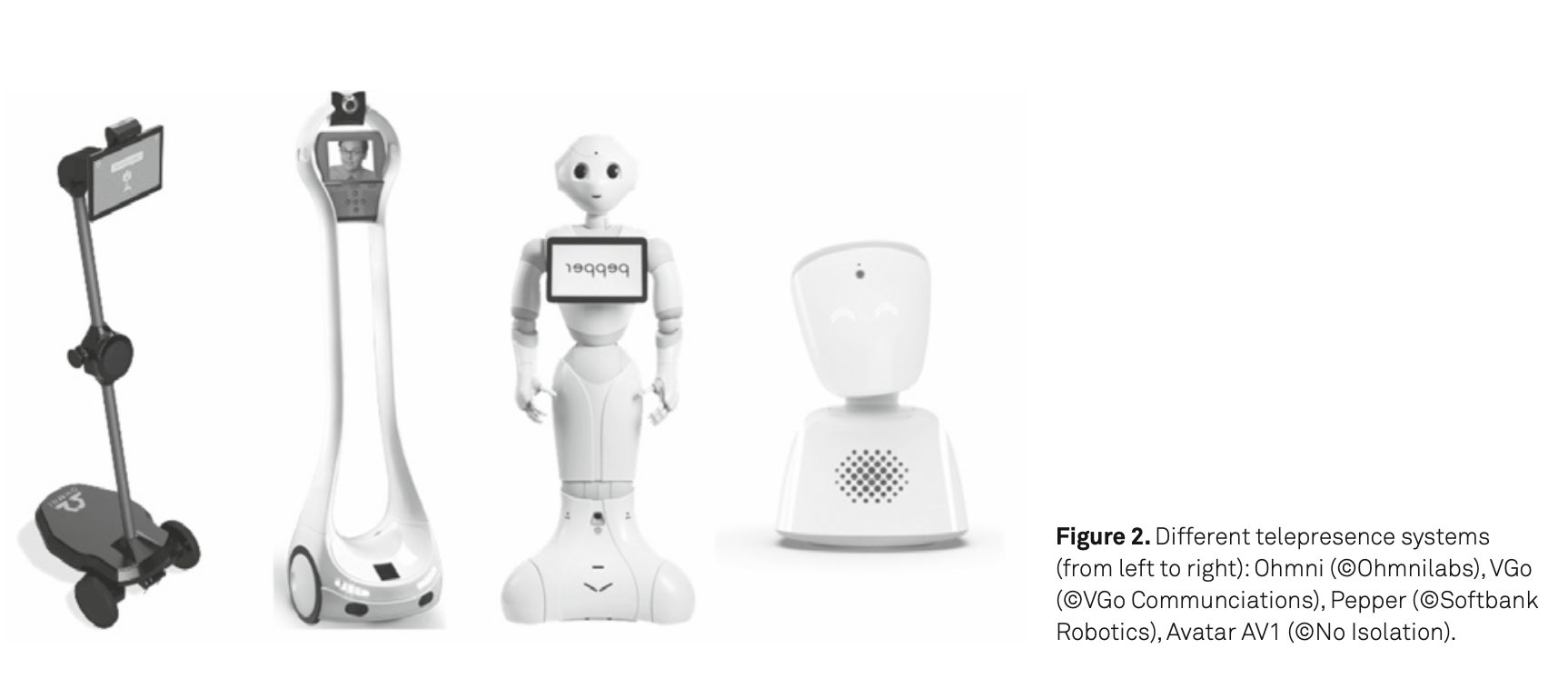
Due to hospitalization, medical treatment and/or rehabilitation stays, children and adolescents with diseases of the central nervous system (e.g. tumors) often cannot participate in everyday school life. To counteract social isolation and its negative consequences (e.g. lack of a sense of belonging, reduced well-being and self-esteem or low educational attainment), telepresence systems are increasingly being discussed. But what are telepresence systems and how can they contribute to social inclusion and school reintegration in children and adolescents with tumors in the central nervous system?
Telepresence systems can be defined as “the experience of presence in an environment by means of a communication medium”. In the school context, one speaks of virtual inclusion, an educational practice that provides the homebound student a physical presence in school via virtual means. To enable this presence despite physical absence, various telepresence robots or telepresence systems are available, two of which are described here in more detail.
Virtual Learning Environment (VLE)
A virtual learning environment is computer software that provides virtual access to classes, class content, tests, homework, and other learning resources. Additionally, it is a social space connecting remote students with their classmates and teachers, providing a two-way audio and video connection between the patient’s home or hospital room and the classroom. An example of such a VLE is Bednet, which is mainly used in Belgium (see Figure 1). It consists of a rotating camera, a keyboard, a microphone, and a tablet/Chromebook on which the child can be seen in class. In addition, there is Bednet software with which the child can connect to the class via a computer or a laptop and, if necessary, request IT support from Bednet.

Telepresence Robots
Telepresence robots consist of a robot-like unit placed in the classroom, which can usually be remotely controlled by the student from home or the hospital, and allows for real-time, two-way/one-way audio and video transmission via a connection with a tablet or computer. Models differ in their range of mobility, remote-controlled features, type of communication medium, and overall design. While most telepresence robots currently in use are off-the-shelf telepresence robots originally developed for adult use in office settings, newly developed telepresence systems are specifically designed for children and adolescents with chronic illnesses. One example is the Avatar AV1, which can be controlled by the remote student, allowing it to be rotated completely on its own axis, while not transmitting video material of the remote student into the classroom. Some of the well-known telepresence systems are illustrated below (see Figure 2).

Advantages and Disadvantages of Different Systems

Conclusion and recommendations
Virtual inclusion of students with chronic illnesses via telepresence systems has proved to reduce feelings of social isolation, anxiety, and depression, whereas an increase in social interactions facilitates a sense of belonging and normalcy and improves motivation and performance in school. However, some important aspects must be considered when using telepresence systems:
– High levels of acceptance of the telepresence system and commitment from teacher, classmates and remote student contribute to a successful experience.
– A technical support service that communicates with individuals and resolves technical issues is of particular importance.
– Training of school staff for using the telepresence system and education of classmates are recommended.






Comments
Thank you. Comment sent for approval.
Something is wrong, try again later